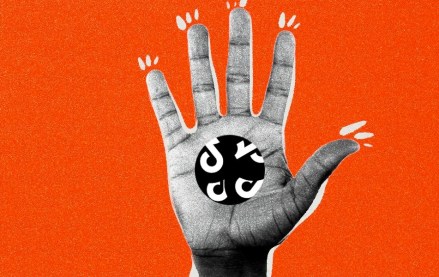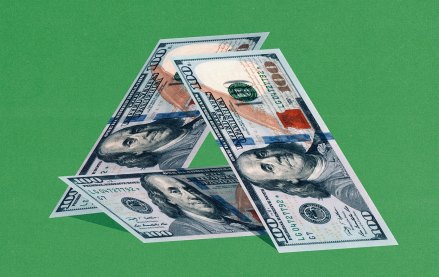Insights from CTV leaders at Dentsu, Horizon Media and more

Wrangler is synonymous with cowboys. In the U.S., the jeans icon has a long history supporting rodeos and their stars — and selling its famous “cowboy cut” jeans.
But in Europe, there are no Stetsons in sight. Here, the brand is looking to digital to grow its audience not on its heritage but on its product.
“Awareness is high, but we’re trying to change the perception of the brand and communicate what it stands for today,” explained Ilaria Pasquinelli, Wrangler’s marketing director for the EMEA region.
Following an overhaul that began with international ideas agency We Are Pi last year, Pasquinelli’s team has been rethinking its digital strategy. Wrangler’s website, which supplements the brand’s lack of standalone stores, has contributed to its steady growth in sales (2 percent in the second quarter). It was designed with Manchester agency Retrofuzz.
Pasquinelli described the Wrangler site not as an e-commerce website, but “the house of the brand online.” For example, on landing on its homepage, APIs tracking live weather data can ascertain a visitor’s location and serve them content based on their local climate. For example, rain-ready jeans for a soggy Londoner.
Hosting more video content here has also helped retain visitors on the Wrangler website. Product pages are supplemented by explainer videos about the design process, as the brand continues to push on quality and durability. Its fit guide and sizing charts are also getting a refresh to help customers get a better idea of how clothes will fit their body type.
In the past, the brand had produced high-concept ads filled with young, semi-naked models. However, Pasquinelli said the brand has no plans (like many others) to woo millennials by reinventing itself as a “lifestyle” brand or making a Snapchat account.
“Our consumers are not the type of women who go shopping for hours and hours,” she said. “They are doers who want to engage with brands that have something to say.”
While the sheer reach of print and out-of-home is as vital as ever, the brand is now investing 35 percent of its total media budget in digital to hook in more of its no-nonsense consumers. Additionally, it’s engaging with different influencer communities to amplify its message. For example, an upcoming campaign in October will feature those involved in motorbikes on Instagram. The brand is also exploring ways to leverage Pinterest based on interest groups now that it has a clearer e-commerce role.
Wrangler’s latest campaign, #MoreThanABum, followed musician Kimbra (wearing Wranglers) as she interviewed different women who frequently face scrutiny over their looks in their professional fields. The move is part of Wrangler Europe’s push to “have a point of view,” Pasquinelli said.
“We don’t want to push the product; we want to show our expertise,” she said.
More in Marketing

Retail media’s mid-2025 reality: Why advertisers are going all in on full-funnel
Retail media’s meteoric rise may finally be leveling off — and that’s forcing advertisers to take a harder look at what they’re getting for their money.

TikTok might be working on a standalone U.S. app, but marketers aren’t sold on the idea – yet
TikTok is developing a lifeboat for its American business, but media buyers are wary of advertising implications.

Bold Calls for the back half of 2025
Now’s a good moment as any to take stock —and make a few bold calls about what’s coming next.





